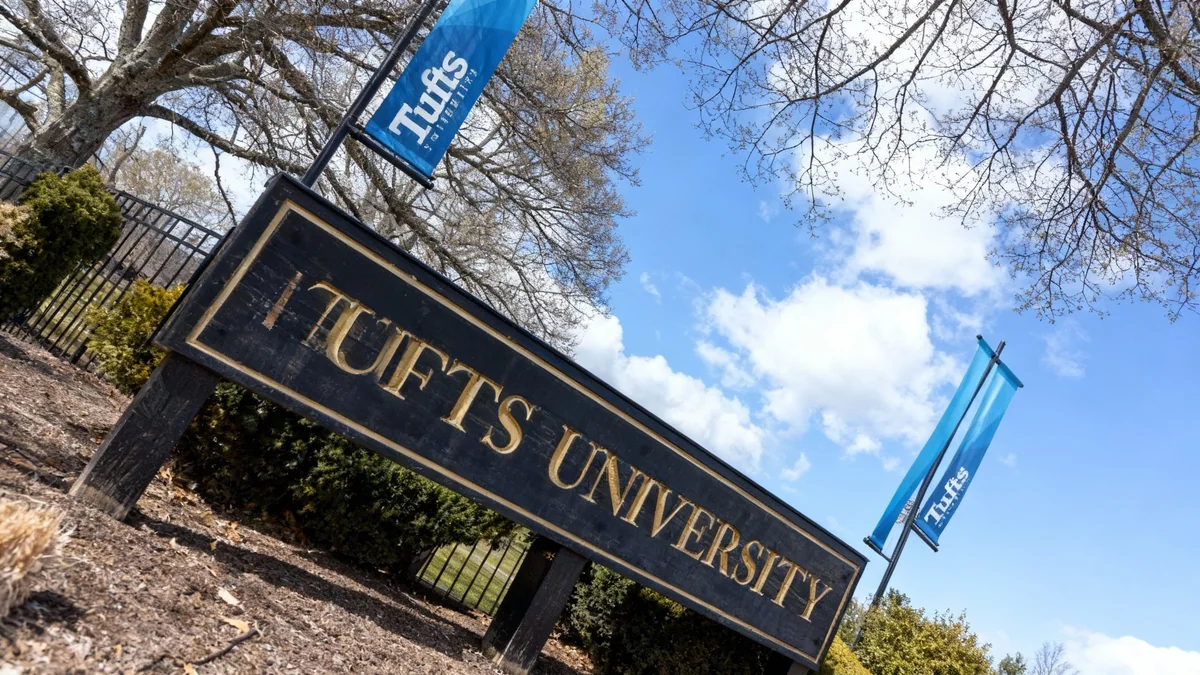The Hickman Mills School District is facing a significant financial challenge, with a budget deficit that has reportedly grown to $14 million. In response, the school board has approved a proposal to explore closing Truman Elementary School as part of a major district-wide reconfiguration aimed at achieving long-term financial stability.
The plan, if finalized, would not only close one school but also repurpose two others in an effort to save millions annually. The community now awaits a final decision, scheduled for early next year, which will follow a period of public input.
Key Takeaways
- The Hickman Mills School District is exploring a plan to close Truman Elementary School to address a growing financial deficit.
- The district's budget shortfall has increased from a previously audited $12 million to a current estimate of $14 million.
- The proposed reconfiguration would save the district an estimated $3.7 million per year.
- A final decision by the school board is expected on January 16, following a public comment period.
A District Facing a Financial Crisis
The Hickman Mills School District is currently navigating what Superintendent Dr. Dennis Carpenter described as a "financial crisis." A state audit initially uncovered a $12 million deficit, a figure that has since escalated to $14 million, prompting district leaders to seek immediate and substantial cost-saving measures.
This urgent financial situation led to the creation of the “Road to a Sustainable Destiny” initiative this fall. The program's goal is to identify and implement strategies that will put the district back on solid financial footing without compromising educational quality more than necessary.
According to school board president Bonnaye Mims, the proposed changes are about survival and future success. “It’s all about getting us sustainable, getting us back on our feet and making us successful and moving forward,” Mims explained, highlighting the board's focus on long-term viability.
The Path to Reconfiguration
School districts across the country often face difficult decisions when confronted with budget shortfalls and shifting enrollment numbers. Closing a school is typically a measure of last resort, as it impacts students, families, and the surrounding community. Such decisions involve complex logistical planning, from redrawing attendance boundaries to reassigning staff and resources.
Details of the Proposed Plan
The school board considered two potential reconfiguration plans before deciding which one to explore further. The approved proposal centers on the closure of Truman Elementary School at the end of the current school year.
Under this plan, the district would implement a series of significant changes:
- Truman Elementary School: The building would be closed permanently.
- Alvin Brooks Middle School: The current middle school would be converted into an elementary school to accommodate the students displaced from Truman.
- Santa Fe Elementary School: This school would be repurposed to serve as a dedicated sixth-grade center for the entire district.
This specific combination of closures and reconfigurations is projected to yield the highest savings. District officials estimate that this plan would save $3.7 million annually, a significant step toward closing the $14 million budget gap.
An Alternative Option Considered
The board also reviewed a second option. This alternative plan proposed closing Ingels Elementary School instead of Truman. In that scenario, Alvin Brooks Middle School would have become the sixth-grade center.
However, this option offered lower financial returns, with projected annual savings of $3.3 million. After deliberation, the board opted to move forward with exploring the Truman closure plan, which provides a more substantial financial benefit.
By the Numbers: District Restructuring
- Current Deficit: $14 million
- Proposed Plan Savings: $3.7 million per year
- Alternative Plan Savings: $3.3 million per year
- Final Vote Date: January 16
Impact on Staff and Community
While the closure of a school building is a major change, Superintendent Carpenter has stated that the plan is designed to minimize the impact on teaching staff. He indicated that teaching positions would not be affected by the consolidation. Students would follow their teachers to the newly configured schools.
However, the same assurances do not extend to all district employees. The consolidation of buildings will likely lead to the elimination of some office and custodial staff positions. The exact number of positions that may be cut has not yet been announced.
Dr. Carpenter acknowledged the emotional and practical difficulties of closing a school, which often serves as a neighborhood anchor.
“Any great community has schools as its hub,” Carpenter said. “We wanted to be very, very intentional with the options, believing we can still create that community feel even as we reduce one elementary school. But it’s tough, absolutely.”
The decision-making process has been hands-on for board members, some of whom visited the schools under consideration on Friday afternoon before the vote to explore the proposal. This direct observation was intended to help them make a more informed decision about the future of the district's facilities.
Next Steps and Public Involvement
The vote taken by the school board was not a final decision but rather an agreement to formally explore the Truman Elementary closure plan. The process now moves into a phase of public engagement and final review.
The community will have an opportunity to voice their opinions and concerns regarding the proposal. A public forum is scheduled to coincide with the school board's final vote on January 16. This meeting will be the last chance for parents, staff, and residents to provide input before the board makes its binding decision.
In addition to the school closure, the board is also considering other financial strategies. One possibility being discussed is asking voters to approve a no-tax-increase bond in the upcoming April election. Such a bond could provide funds for facility upgrades and other capital projects without raising the property tax rate, potentially freeing up other funds for operational costs.
The coming weeks will be critical for the Hickman Mills community as it confronts these proposed changes. The final decision in January will shape the educational landscape of the district for years to come.





